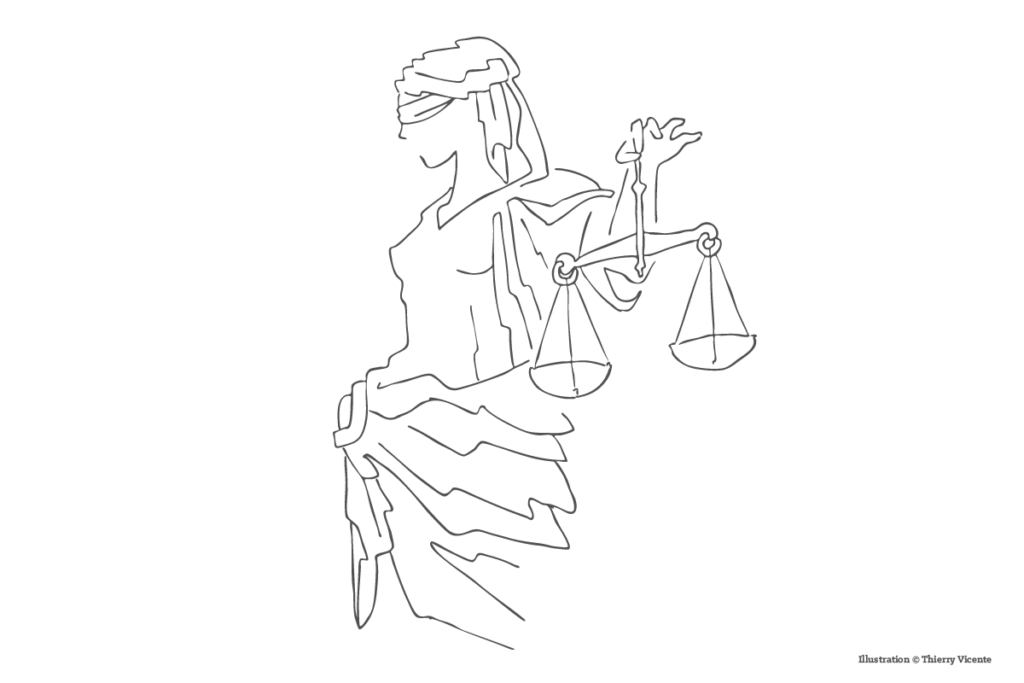[LUM#1] Justice: the brain in the balance?
30 years after DNA entered the courtroom, could the brain be the new frontier of criminal evidence? While "neurolaw" promises to be rich in potential, for the time being it raises more questions than it answers.

In 2008, a court in the Indian state of Maharashtra made headlines by becoming the first to use neuroscientific evidence as incriminating evidence in a criminal trial. Accused of being responsible for the death of her boyfriend - who had been poisoned with cyanide - a young woman was found guilty on the basis of a cerebral imprint, an examination carried out with the aid of an electroencephalogram. Betrayed by her brain, Aditi Sharma was sentenced to life imprisonment. A few months later, the young woman regained her freedom after the Indian Institute of Neuroscience expressed concern at the use of a method that was controversial, to say the least.
"Detecting lies using brain imaging poses a number of problems, not least that of interpretation," says Marie Christine Sordino, Professor of Criminal Law at Montpellier Law School, who has been working for several years on the emergence of "neurolaw". "In the case of this young Indian woman, the reaction to the word "cyanide" could have had multiple causes, linked to the emotion provoked by the trial, the death of her boyfriend or what she had read on the Internet... Moreover, not all neurologists agree on how to read the data. For all these reasons, there are major doubts about the admissibility of the evidence," she explains.
The Indian case and its unexpected outcome illustrate the extent of the questions and doubts that accompany the arrival of neuroscience in the judicial sphere. When the French bioethics law was passed in July 2011, France took a timid stance on the subject and opened the door to the use of neuroscientific evidence, without however specifying in what cases and for what purposes. To date, France is the only country to have legislated on the issue.
Free will and determinism(s)
Others have not waited for the existence of a legal framework to jump into the breach. Between 2005 and 2011, the number of neuroscientific cases worldwide tripled, with the United States being the most successful. Brain imaging is increasingly accepted as an extenuating circumstance, with lawyers no longer hesitating to explain their client's behavior in terms of brain dysfunction: abnormal size of the frontal lobes or amygdala, lesions impacting the area responsible for regulating aggression or judgment... The result: several decades of prison time spared.
Far from being limited to the detection of lies, neuroscience is opening up new perspectives on how to apprehend the criminal act. And they are rekindling the debate on the supposed biological origins of criminal behavior, a long-held belief in the criminal sciences. "In the 19th century, the Italian Lombroso explained that there were physical profiles for delinquents: a murderer would have bushy eyebrows, a thief long hands... This quest continued with genetics and the search for a 'delinquency gene'. We're now trying to find answers within the brain itself," sums up Marie-Christine Sordino.
The answers are chilling. By suggesting that individuals face a fundamental neurobiological inequality, neuroscience threatens to shatter the concept of criminal responsibility, now at the heart of the justice system. "We know that free will is constrained by environmental, social and other determinants..." And therefore neural determinants? The criminal lawyer admits to being perplexed by questions that are of equal interest to the jurist and the philosopher. For the implications are far-reaching, even abysmal.
Scientistic temptation
Indeed, the very existence of free will is called into question. "If we are totally determined, the concepts of individual responsibility and moral judgment lose all meaning. We'd have to rethink everything, including the philosophy of the Enlightenment and the vision of a rational individual," confirms Marie-Christine Sordino. " The risk is the scientistic temptation of a justice system that would like to explain everything through the brain, or even predict certain behaviors," warns Ms. Sordino.
But there are still many unknowns. The question of causality in particular: "At what threshold of brain abnormality can we consider that a person is dangerous, that he or she will commit a criminal act? Can this threshold even be defined? "The current state of knowledge doesn't allow us to answer these questions. We need to be all the more cautious," she warns, " as the weight of the expert is now very great. The use of brain imaging images would obviously have a major influence on jurors". But with ever-increasing demands for transparency and scientific objectivity, it seems that the justice system can no longer afford not to reflect on techniques that could one day - perhaps not so far away - revolutionize the day-to-day life of courtrooms.
UM podcasts are now available on your favorite platforms (Spotify, Deezer, Apple podcasts, Amazon Music...).